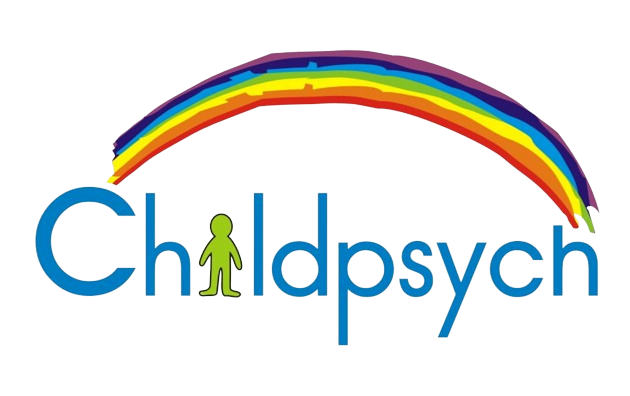1. Teaching Letter Names Before Letter Sounds
Focusing on letter names rather than their sounds can confuse early readers. For instance, knowing the letter ‘C’ is called ‘see’ doesn’t help a child decode the word “cat.” Instead, emphasizing that ‘C’ represents the /k/ sound enables them to blend sounds effectively, making reading more intuitive.
2. Introducing Letters in Alphabetical Order
Teaching letters sequentially from A to Z might seem logical, but it can be counterproductive. Many adjacent letters in the alphabet, such as ‘b’ and ‘d’ or ‘p’ and ‘q,’ have similar shapes, which can be confusing. It’s more effective to start with letters that are visually distinct and commonly used, helping children differentiate and remember them more easily.
3. Starting with Capital Letters
While capital letters are prominent, especially in educational materials, lowercase letters dominate most written texts. Introducing lowercase letters first prepares children for the majority of reading they’ll encounter, making the transition to reading books and other materials smoother.
4. Pushing Reading Before Your Child Is Ready
Every child develops at their own pace. Introducing reading before a child is cognitively and emotionally prepared can lead to frustration and a negative association with reading. It’s crucial to ensure they have foundational pre-literacy skills and show interest before diving into formal reading instruction.
5. Using Inconsistent Letter Formats
Different fonts and letter styles can alter the appearance of letters, such as variations in how ‘a’ and ‘g’ are written. Consistently using standard, familiar letter forms helps children recognize and internalize letters more effectively, reducing confusion as they encounter diverse texts.
6. Relying Solely on Pen-and-Paper Methods
Traditional worksheets have their place, but incorporating multisensory activities can make learning more engaging and effective. Activities like forming letters with playdough, tracing them in sand, or using letter-shaped magnets can cater to different learning styles and reinforce letter recognition and formation.
7. Overemphasizing Sight Words
While recognizing common words by sight is beneficial, overloading young readers with memorization can be overwhelming. Balancing sight word recognition with phonics instruction ensures children develop decoding skills, allowing them to tackle unfamiliar words with confidence.
8. Using Predictable Texts Exclusively
Books with repetitive patterns might seem helpful, but they can encourage guessing rather than actual reading. Providing a mix of predictable and decodable texts ensures children practice decoding skills and don’t rely solely on context or pictures to guess words.
9. Neglecting Phonemic Awareness
Understanding and manipulating the sounds within words is foundational for reading success. Engaging children in activities that promote phonemic awareness, such as rhyming games or segmenting sounds in words, lays the groundwork for effective decoding and spelling skills.
10. Not Modeling Reading Habits
Children emulate the behaviors they observe. Demonstrating a love for reading by setting aside regular reading time, discussing books, and showing enthusiasm for literature encourages them to adopt similar habits and attitudes toward reading.
By being mindful of these common mistakes and adopting effective strategies, you can create a supportive and enriching environment that fosters your child’s reading development. Remember, patience and adaptability are key—every child’s reading journey is unique, and celebrating their individual progress will instill a lifelong love of reading.
Please share this video to improve your child’s reading journey:



